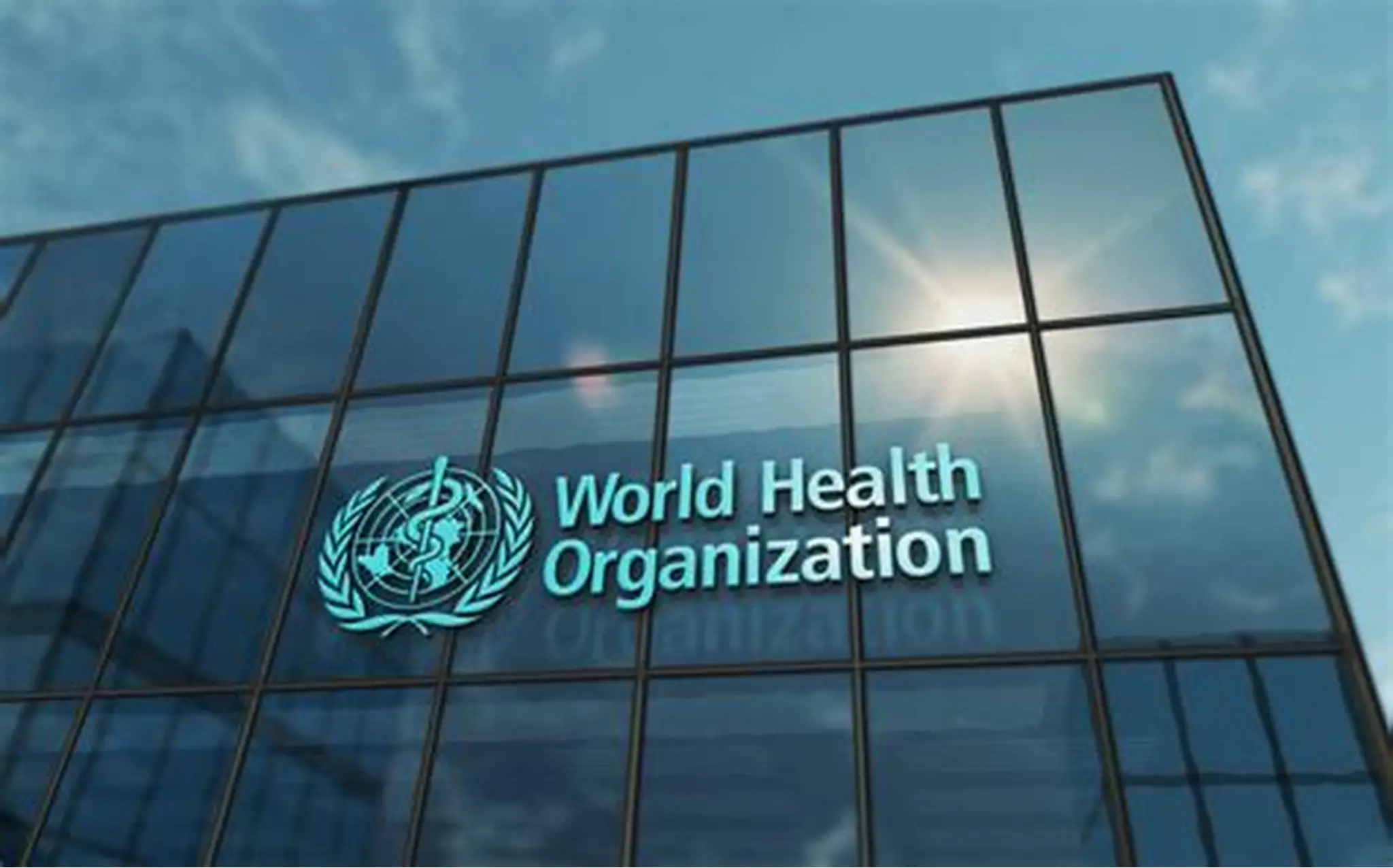HEALTH

WHO RAISES ALARM OVER RISING DRUG-RESISTANT BACTERIAL INFECTIONS
The World Health Organization (WHO) has issued a warning about the rapid increase in drug-resistant bacterial infections, which threaten the effectiveness of vital medical treatments and could make common illnesses and minor injuries life-threatening.
According to WHO, one out of every six laboratory-confirmed bacterial infections globally in 2023 showed resistance to antibiotics.
“These findings are deeply concerning,” said Yvan J-F. Hutin, head of WHO’s antimicrobial resistance department. “As antibiotic resistance continues to rise, we’re running out of treatment options, and people’s lives are at risk.”
Antibiotic resistance occurs when bacteria evolve to withstand medications designed to kill them. This process has been accelerated by the widespread and often excessive use of antibiotics in humans, animals, and food production.
The WHO reports that antimicrobial-resistant (AMR) bacteria directly cause over one million deaths each year and contribute to nearly five million deaths worldwide.
In its latest AMR surveillance report, WHO analyzed resistance trends in 22 antibiotics used to treat urinary, gastrointestinal, bloodstream, and gonorrhea infections.
Between 2018 and 2023, resistance levels rose in over 40 percent of the antibiotics studied, with annual increases ranging from five to 15 percent. For urinary tract infections, global resistance to commonly used antibiotics exceeded 30 percent.
The report focused on eight major bacterial pathogens, including E. coli and Klebsiella pneumoniae, which can cause severe bloodstream infections, sepsis, and organ failure. It revealed that more than 40 percent of E. coli and 55 percent of K. pneumoniae infections are now resistant to third-generation cephalosporins — typically the first-choice treatment.
“Antimicrobial resistance is outpacing advances in modern medicine, threatening the health of families worldwide,” WHO Director-General Tedros Adhanom Ghebreyesus cautioned.
While WHO noted improvements in surveillance, nearly half of countries worldwide — about 48 percent — still do not report AMR data.
“We are definitely flying blind in a number of countries and regions that have insufficient systems for tracking antimicrobial resistance,” Hutin added.
Data indicates that regions with weaker healthcare systems and limited monitoring tend to have the highest resistance levels. The greatest rates were found in Southeast Asia and the Eastern Mediterranean, where one in three infections was resistant. In Africa, one in five infections showed resistance.
Silvia Bertagnolio, head of WHO’s AMR surveillance unit, explained that higher resistance in these areas is expected since weaker health systems may lack the tools to accurately diagnose and treat infections. She added that limited surveillance could also mean data only reflects the most severe cases.
WHO also expressed concern over the lack of new diagnostic tools and treatments being developed to combat resistant bacteria, describing the situation as a serious future threat.
“The increasing use of antibiotics, growing resistance, and the lack of new drugs in development form a very dangerous combination,” Hutin warned.
"This represents a significant development in our ongoing coverage of current events."— Editorial Board









